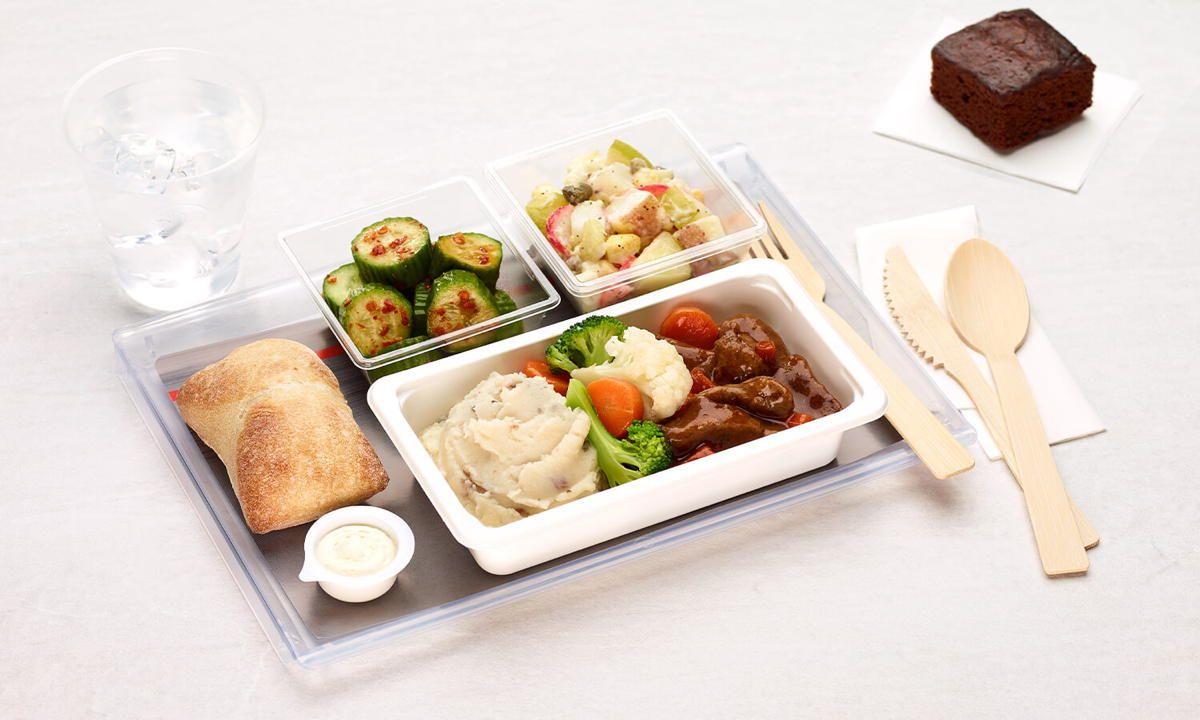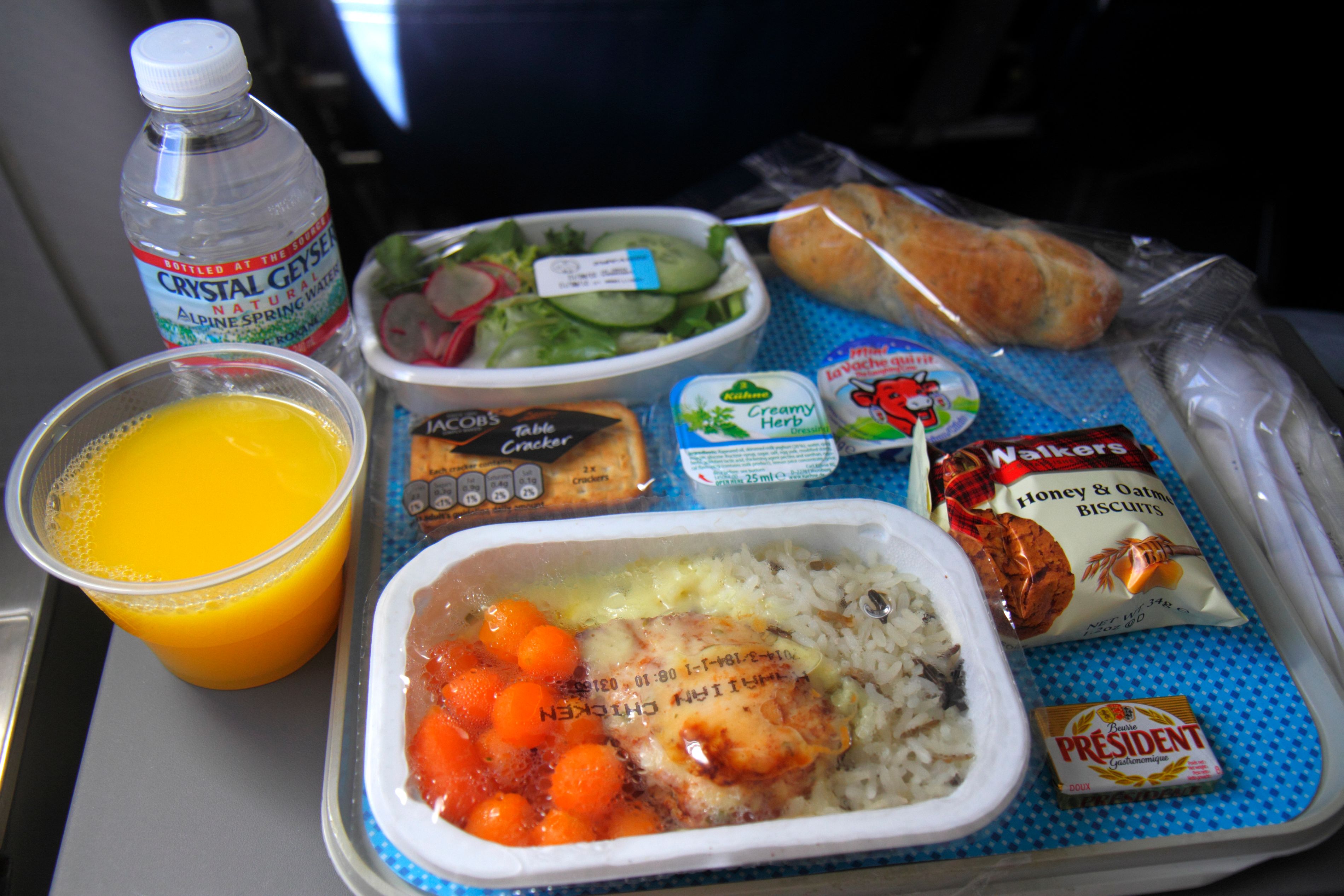With a push on improving the sustainability of the aviation industry, one area which is not so frequently discussed is the issue of cabin waste. Airlines have been making strides to tackle some of the waste from passenger flights through initiatives such as cutting down single-use plastics, removing inflight magazines, and providing amenities only on request. But a far bigger problem, and one which is not so easy to solve, is the issue of food waste.
The International Air Transport Association (IATA) estimates that passenger flights generate approximately six million tonnes of waste per year. Some 20% of this is untouched food and drink, which the association estimates to carry a value of $4 billion.
In a world where increasing numbers of people rely on food banks – an estimated one in seven Americans, for example, according to CNH – and more than 800 million people regularly go to be hungry, such waste is a social travesty. Environmentally, it’s in stark contrast to everything else aviation is working so hard to do. So who’s to blame?
Airlines are unable to do anything else
The main obstacle preventing airlines from recycling or donating waste food from the cabin is the legislation around International Catering Waste (ICW). Adopted by many governments around the world, these regulations are in place to reduce the risk of transferring diseases affecting animals and plants between nations. Examples of countries adopting such legislation are Australia, the USA, Canada, and the EU, among others.
These regulations make it almost impossible to reuse, donate, recycle or biotreat any food or beverage products due to the perceived risk of transferring disease from contaminated ingredients. This is despite the incredibly strict environments in which cabin food is prepared – using procedures originally designed by NASA for the Apollo Space Missions. Because of this, the industry is either incinerating $4 billion of perfectly good food and drink.
Jon Godson, Assistant Director of Sustainability at IATA, commented on the situation, saying,
“We incinerate waste in Europe coming from the US. The last Foot and Mouth outbreak in the US was 1929. In Canada it was 1953. Why we incinerating waste coming off airplanes? It doesn't make any sense.”
IATA has previously commissioned an investigation into the real risks of cabin food waste and found that there is negligible risk to either human or animal health. As an example, for a pig to contract foot and mouth disease from infected milk products, it would need to consume 125 liters of milk. To put that in the context of cabin waste, that would be more than 10,000 creamer pots, all full.
The solution?
As the aviation recovery continues, IATA is renewing its efforts to change the outlook for unwanted cabin food. The association has held a total of 12 meetings with animal health regulators in the last year alone, and in 2023, it will be beginning a transatlantic reuse and recycling trial.
Six airlines have agreed to work with IATA on the trial, which will operate in both directions using the same reuse and recycling methodologies. The efforts will have to work within the existing regulations, but could see better treatment of uncontaminated materials, which would be a short-term improvement.
Longer term, the goal is clear – the regulations need to be reviewed. To push this agenda forward, IATA has formed a European airline working group that has published a joint statement for policymakers calling for a review of the current legislation. Godson further commented,
“What we want to see is facts to be ruling, not fiction. I think it's important for us to keep working in this area because the passengers do not understand and clearly the regulator doesn’t understand either.”
If and when the regulation is changed, it would open the door for airlines to donate more food to communities in need. Food that is not suitable for donation could be composted or turned into biogas. Godson summarized,
“Slowly but surely, we're beginning to find out that the regulator has no evidence. Once that's completely exposed, I think we can move ahead with a review of that legislation.”
Sources: CNH





